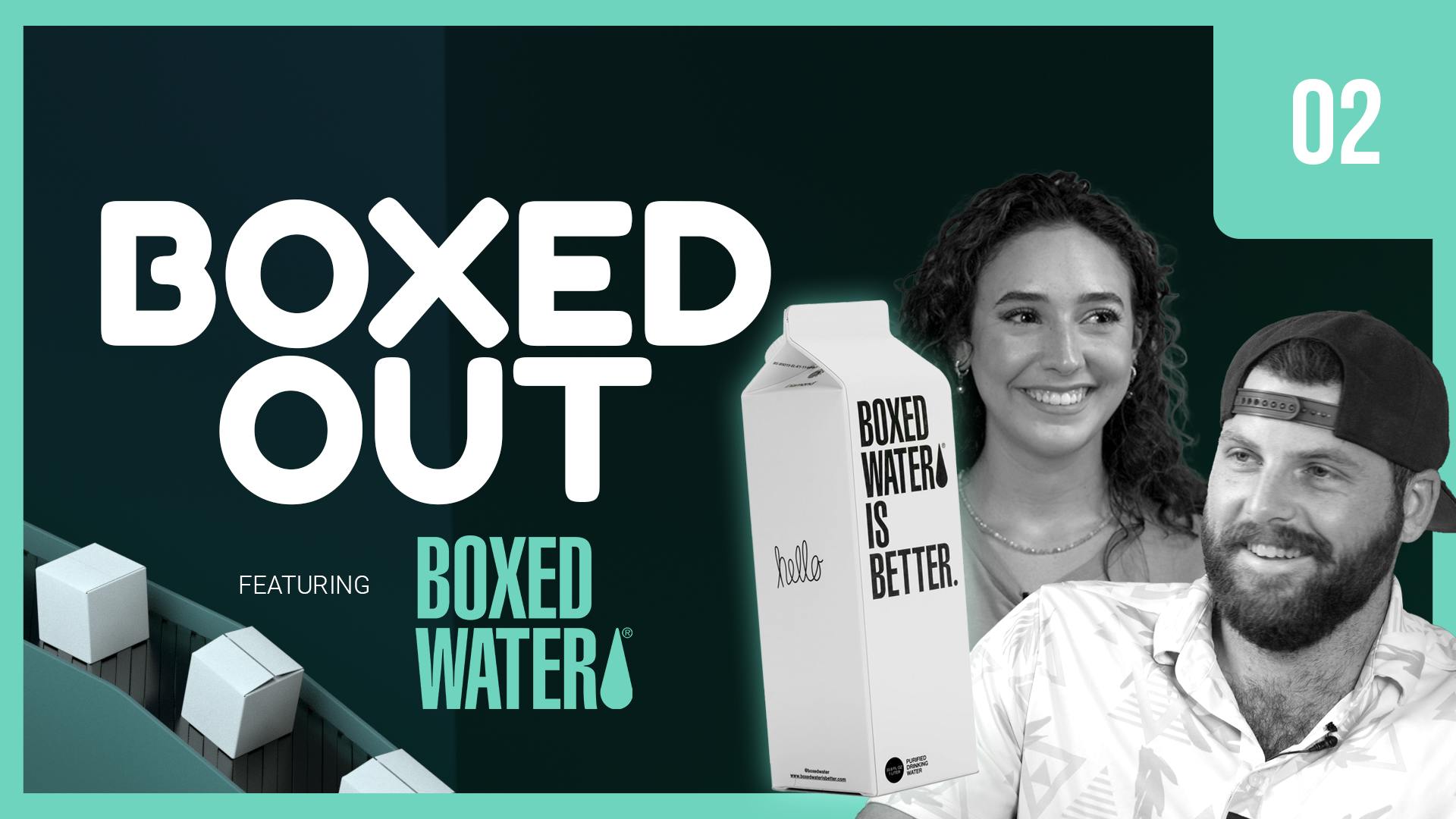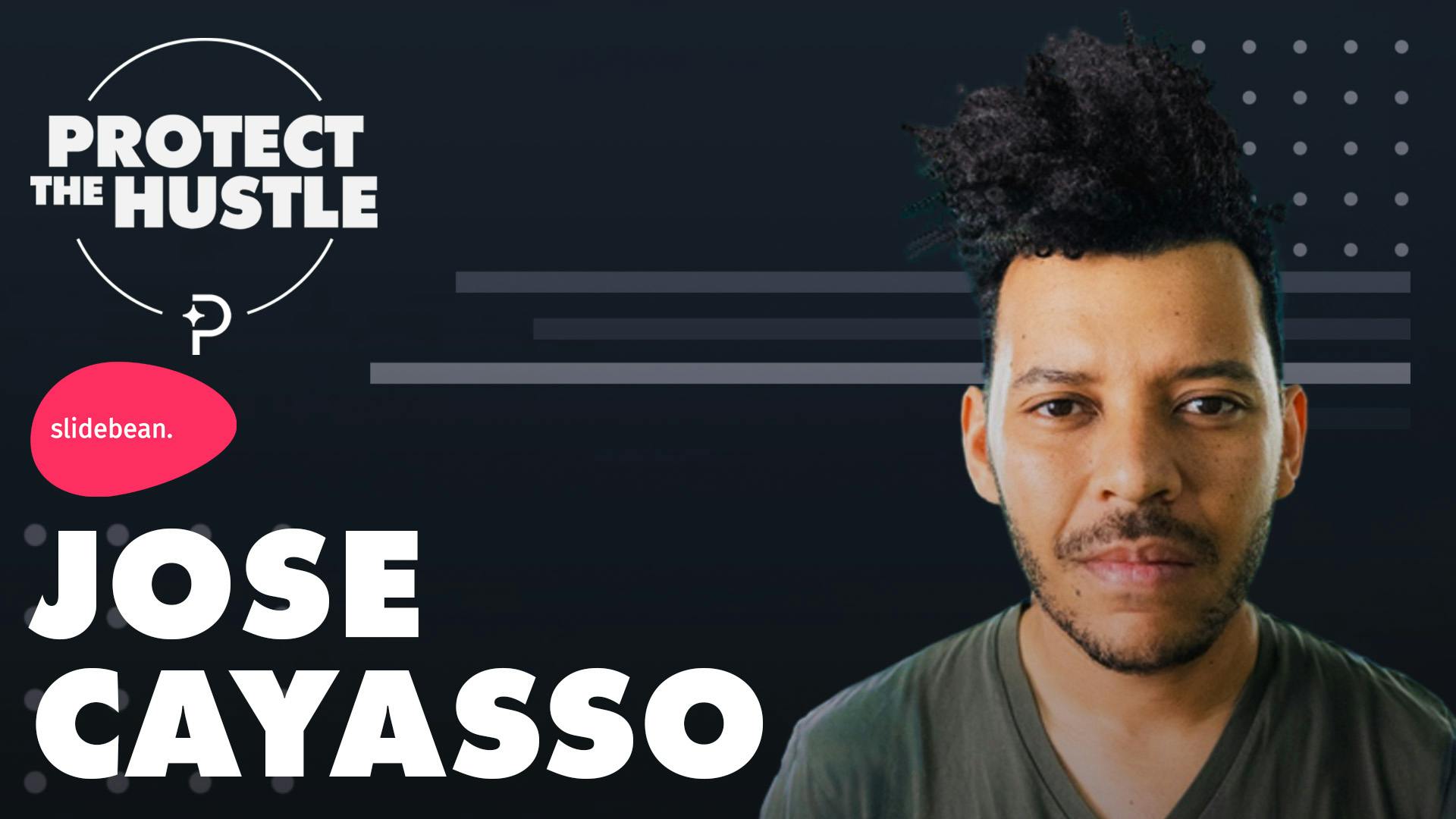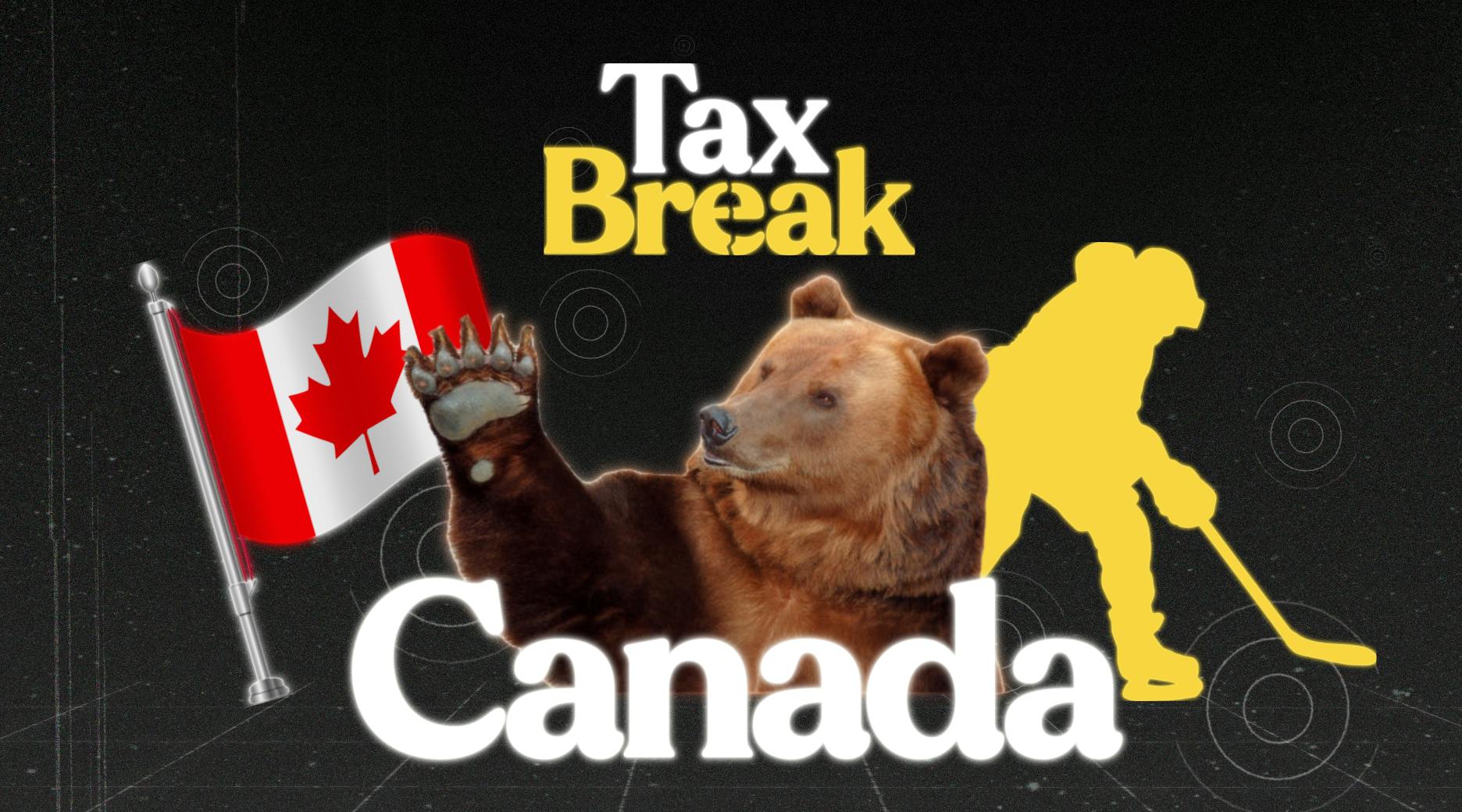
Does Dollar Shave Club's retention need grooming?
This episode might reference ProfitWell and ProfitWell Recur, which following the acquisition by Paddle is now Paddle Studios. Some information may be out of date.
Please message us at studios@paddle.com if you have any questions or comments!
Today we're talking about Dollar Shave Club, a company that's taken on the multi-billion dollar men's hygiene market by using branding and positioning to their ultimate advantage. We're going to learn how Dollar Shave Club revolutionized customer onboarding and off boarding and then we're going to jump into what they're doing great, and not so great, with their subscription retention strategy, wrapping this all up into a nice case study for improvements for your own DTC brand.
Key takeaways:
Credit card failure process needs to be improved immediately
It's crucial to get updated payment information because delinquent customers won't return. Credit card failures account for and Dollar Shave Club is losing a lot of revenue by only doing the minimum.
- Send four to five plain text emails that go out in an intelligent drip based on the customer's behavior after you realize the card has declined.
- Add SMS messages in your flow.
- Allow users to update their payment information without having to log in.
Offer charity donations
Dollar Shave Club should include a donation of sorts. Men's health is one of those areas that people are more than happy to get bought into and donate to the cause. Our data shows that donations boost retention by 10-20%.
- Add the donation to the checkout flow, or after, in the add-ons.
Improve term optimization
This is a missed opportunity for such a lifestyle-intensive product like hygiene.
- Offer longer-term plans in exchange for a discount.
- Ask customers not only in the checkout flow, but also after the purchase has been made.
- Remind customers to upgrade to a longer-term plan with a plain text email and offer a one-click upgrade.
- Experiment with this on the order confirmation page as opposed to the add-ons, for a quick test.
Dollar Shave Club
It’s believed that shaving began as long as 100,000 years ago with Stone Age men using clam shells like tweezers to pull out their beard hair. Luckily for men, shaving, or rather the tools to shave, have gone through quite the evolution over the centuries. Today, razor blades are a $166 billion-dollar industry. And up until recently, behemoth brands, Gillette and Schick dominated this industry with little concern for competition. But, all that is changing. The Dollar Shave Club is shaking things up—offering a significantly less expensive option for as little as $1 a month.
The idea for Dollar Shave Club came to Michael Dubin after a family friend asked him for help selling 250,000 razors from a previous failed business attempt. Their conversation reminded them both about their irritations over the cost of razors and the inconvenience of accessing them in a shop, which led to the idea of providing them at a lower price and in the most convenient way—delivering high quality razors right to your doorstep. In 2011 Dubin founded Dollar Shave Club.
Dollar Shave Club's success
Dollar Shave Club’s incredible success is a result of two main factors.
First, Dubin’s great marketing sense and authentic humor resonated with millions, instantly. Dubin wrote and starred in his acclaimed launch video, “Our blades are f***ing great,” that went viral in 2012, crashing the site and bringing in more than 12,000 customers within the first 48 hours. Dubin has built a brand that speaks authentically, fostering trust and creating an emotional connection with their customers—all through great storytelling and content creation.
Which leads to the second big factor of their success. By cultivating that trust and emotional connection, Dollar Shave Club has accomplished one of the most difficult things in a subscription-based business—retaining its subscriber base. Sixty-nine percent of its customers make additional transactions in the first month after their initial purchase, and one third remain subscribers as far out as 24 months.
And Dollar Shave Club’s blades are not good, they’re “f***ing great!” Its high-quality stainless steel blades provide a smooth shave that definitely stands up to the big dogs of the industry. The blades come in different sizes such as The Humble Twin (two blades), The 4X (four blades) and The Executive (with six blades)—each with their own uniquely-designed handle delivering terrific grip with a lot of style.
The past decade has seen a major shift in the way grooming and self care for men is perceived. And personal-care products giant, Unilever, understood this all too well, acquiring Dollar Shave Club just five years after launching in an all-cash, one-billion dollar deal. With over four million subscribers and millions of roaring reviews, it doesn’t look like they’re slowing down.
Dollar Shave Club's retention review
Not everything's amazing about Dollar Shave Club's strategy; however, there is a lot we can learn from them. But their retention needs work. Most brands don't focus on this aspect of their business enough, but they should.
Why is retention important?
You spend half of your budget and time acquiring customers, but to be successful, you need to keep them. The beauty of the subscription model is that the relationship with the customer is baked directly into how you make money. If that customer is happy, they'll keep buying from you in the long term. If they're upset or not seeing the value, they'll cancel—quickly.
Plus, money talks here. Subscription ecommerce companies using the tactics we're going to talk about have 2x the customer lifetime value (LTV), 2x the average order value, and 3x higher growth rates, because they're not worried about plugging a leaky retention bucket.
To highlight the importance here, let's look through Dollar Shave Club's retention strategy and break down what they're doing well, and not so well, so you can learn for your own DTC business.
Retention has three parts:
- Active churn, which are customers who are actively choosing to cancel your product.
- Expansion revenue, which are your existing customers that buy more product.
- Delinquent (or involuntary) churn, which are customers who's credit card or payment has failed, which sadly is one of the largest single buckets of where you're losing money.
Dollar Shave Club's active churn:
When we look at Dollar Shave Club's active churn, there are so many reasons why a customer may cancel. We want to make sure Dollar Shave Club is not only setting up their customers for long-term retention in the initial purchasing process, but that they're also collecting information on why someone's cancelling, if they so happen to, in order to get a clean cycle of retention improvement.
The good:
Dollar Shave Club has one of the best active churn strategies we've seen when it comes to onboarding. And DTC brands should take notice. When you go to shop, you essentially have to fill out a survey where you provide information on shaving and problems you have, as well as how often you do these types of things. You also catalog your current grooming regimen.
The reason this is so brilliant is because they're custom building a box of products for you that you'll attach to based on your preferences and behaviors. If you're getting exactly what you want, then you're likely to sign up for it. Further, if you decide to do something smaller or not as intense as they're offering, they then have information to tailor offers to you over time. Retention starts with onboarding, and giving your customers exactly what they want is a smart strategy.
On the cancellation flow side, Dollar Shave Club continues to do well with offering up a good number of options to pause, skip, or change the delivery date of a subscription. Yet, we also really liked how they contextualized the options you chose if you cancelled. They also position this as a club vs. a subscription—and who doesn't want to stay in a club?
A decent cancellation flow is crucial. We've found that those companies that properly offer up salvage offers and a clear offboarding experience tend to save 15-30% more customers who go through a cancellation flow—this is based on a study we completed on just over 1,000 DTC subscription companies.
Their copy is also consistently brilliant.
The bad:
All of the other options seem to push you to talk to a club pro. We’d rather have them vary the options depending on the cancellation reason to add the right type of friction. When someone is convinced they want to leave, they need more than just a “contact us” type form.
They could also encompass some win-back campaigns. They didn't send much in terms of "come back” messaging.
Dollar Shave Club's expansion revenue prowess:
Expansion revenue is crucial, because your existing customers are more than willing to buy 3x more from you—you just have to make sure to ask. Plus, those customers who have at least one add-on or additional purchase tend to have 18-54% higher lifetime value, meaning they're paying you more over the life of the subscription, but they're also sticking around longer, because they're more engrained within your product.
The good:
Dollar Shave Club does a decent job here, as well. One piece of their strategy that is done well is showing add-ons on the confirmation page. This is brilliant to get people to try out a few different products on a one-time basis that will likely get them to try out the products on a subscription basis. This sampling works really well in improving lifetime and average order value of customers. They also include a timer for free shipping on the add-ons. This creates a sense of urgency and fear of losing out on something if you don’t choose quickly.
Additionally, Dollar Shave Club has a great incentive structure to add more to your box. In the account they let you know that if you add more it increases the percentage off that you'll receive. This is a good strategy we see in the wellness space often that should be used in other DTC spaces, as well.
The bad:
One improvement Dollar Shave Club should make is offer up more add-ons or options once people complete the survey in the onboarding. There's cleaner ways to get people to add more to the box in case Dollar Shave Club doesn't get the survey output correctly translated into their suggested box. Make customers feel like they’re customizing things a bit not only for increased expansion revenue, but also for increased retention because they feel more invested.
Dollar Shave Club's credit card failure flow:
Now let's talk about the sexiest topic in the world—credit card failures. We know you don't wake up sweating in the middle of the night thinking about credit cards—that's our job—but here's why we obsess over things like this: just under 40% of the customers that leave you are leaving you because of failed payments. To get these folks back, we want to make sure Dollar Shave Club is treating these folks like a marketing channel, sending them messages before the point of failures, all the way to after the point of failure through email and text messages.
Needs improvement:
This is where Dollar Shave Club has the most to improve upon. It isn't that their strategy is terrible, it just isn't amazing, and for a brand of their size and stature, they need to up their game.
They sent three emails and a cancellation email that had good copy, but were psuedo plain text and psuedo market-y emails. While you don't want to send too many emails, the key is typically four to five emails in an intelligent drip over a 14-day period after the initial card fails. Keep in mind that if you don't get updated payment information, these customers aren't coming back and you can make this a great experience by spending some time on the copy.
And these emails should be plain text. We find plain text works much better than HTML market-y emails. Have them come from a human being and ensure the copy really boosts the value of the product. Dollar Shave Club's copy is great, but it's an email that’s more likely to get ignored. They should also be sending an SMS message. We didn't get any of those for the payment failure.
Furthermore, Dollar Shave Club needs to eliminate having people log back in to their account to update payment information. This is adding friction and a lot of DTC customers don't actively log into their accounts, so they forget passwords. Dollar Shave Club should set it up so when customers click through they go to a form that doesn't require any logins, and instead takes their updated payment information easily. Based on what we're seeing, Dollar Shave Club could double their recovery rate. We don't have perfect insight into their business, but that's likely millions of dollars in lifetime value.
Overall:
Dollar Shave Club has done a fairly good job with their retention with some notable exceptions, so there's a bit of work to be done. They just need to take the talent they've applied to the brand, product, and experience and apply it more to the retention side of their business.
Retention revamp
Let's revamp. First though, why do we feel we have any authority to even talk about this? Roughly 20% of the entire subscription market is using ProfitWell, so we're sitting on more data than anyone else. Simply put, we have the data to know what works and what doesn't, and we care more about this problem than anyone else out there.
Let's walk through three big things we'd change immediately about Dollar Shave Club's retention strategy, so we can all learn for our own brands.
3 changes needed now:
- Credit card failure process
Dollar Shave Club needs a top-to-bottom overhaul of their credit card failure process as soon as possible. They're losing a lot of money by not doing much, and it's insane they haven't realized this yet. They aren't a small brand and should stop acting like one.
They need four to five plain text emails that go out in an intelligent drip based on user behavior and data after they realize the card has declined. They need SMS messages, they need to recognize and message expired credit cards, and they need to allow users to update their payment information without logging in. - Offer charitable donations
Dollar Shave Club should do something involving a donation of sorts. Men's health is one of those areas that people are more than happy to get bought into to donate to the cause, which not only shows Dollar Shave Club's charitable side, but is also really great for retention.We tend to find that depending on the brand, a subscription donation, even if it's nominal will actually boost retention by 10-20%. This is based on a study we conducted on just over 30,000 DTC subscription customers. People feel more invested in the subscription and want to make sure they're still helping the world. It's a great tactic that is also great for the world.They could easily just add this to the checkout flow or even add it after the fact in their add-ons to raise a good amount of cash and their retention. - Term optimization
We'd change up Dollar Shave Club's term optimization. Right now we're not seeing a customer able to pre-pay for an extended subscription in exchange for some cash off. This is a missed opportunity for such a lifestyle-intensive product like hygiene. Give the opportunity to buy an annual supply, quarterly, or six months for a bit of a discount or even an offer like a sample of an existing product.This is an intensely beneficial optimization for DTC brands that many aren't taking advantage of. It not only gets customers more invested in the product, but also gets them to buy in to longer retention. Dollar Shave Club's fighting the corner store when they run out of supplies, so get them bought in.
Keep in mind that you can ask customers not only in the checkout flow, but also after the purchase has been made. New users may want to try the product out before committing to something longer, so reminding them through a plain text email with an offer and then a one-click upgrade to a longer-term plan helps boost overall lifetime value considerably. We didn't receive any emails like this post purchase. They could even experiment with this on the order confirmation page as opposed to the add-ons for a quick test.
The changes Dollar Shave Club needs aren't major, but they'll have a big impact. We're most excited about the market share and retention they can gain by applying great copywriting and marketing to this part of their flows. They clearly take optimization seriously, so we know they can succeed here in boosting that recovery rate substantially.
Who's up next?
Next week we're going to the world of water, which is a multi-billion dollar industry that this brand is trying to disrupt in a much more environmentally and friendly way. The DTC brand we'll be digging into is Boxed Water. So, make sure you subscribe to Boxed Out, and tell your friends so we can get this knowledge into the as many hands as possible.






